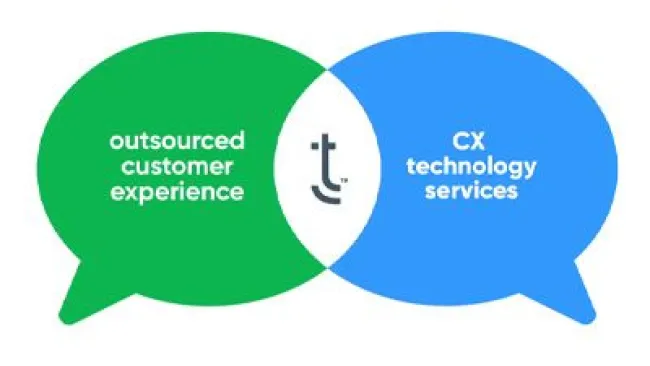Consumers have spoken. They know what they want. They want autonomy—sometimes. Other times, they expect a helping hand, but want that assistance only on their own, highly individualized terms. “White glove” service is not an overstatement.
For retail banks and financial services companies eager to deliver the best customer experience, it may seem these demands are diametrically opposed. They’re not. These preferences can be indulged in tandem so long as the nuances of customer intents are correctly interpreted. It’s here that forward-thinking organizations will focus their 2023 CX investments.
That’s among the findings of “CX Trends for 2023,” a new report from TTEC that highlights priorities for the year ahead as companies strive to improve customer engagement. Banks with CX scores ranking in the highest quartile increase customer deposits 84% more quickly than competitors with the lowest scores, according to McKinsey.
Leave me alone …
For the banking sector, elegant, friction-free, self-service options are vital because many customers prefer to initiate, control, and complete certain tasks on their own.
Early self-service functionality like “check my balance” and “make a deposit” trained consumers, built trust, and confidence to venture forth into more complex self-service transactions. As a result, banking and financial services firms are upping the ante in self-service functionality on mobile and other platforms.
In 2023, augmented reality (AR) will play a bigger role in answering customer questions faster and in creating immersive, personalized interactions with brands and their products. Some 75% of business leaders say personalization is table stakes for digital experiences and 78% will use AR or virtual reality as part of their brand engagement by 2030.
… Except when I don’t want to be left alone
Customer intent signals sometimes indicate human engagement is preferred over self-service—and that’s when conversational messaging really shines. Definitions vary but conversational messaging uses natural language technology and real humans to interact with customers across various channels, as opposed to the limited functionality of chatbots best deployed for simpler transactions.
Some 72% of consumers say they’re more likely to do business with companies that communicate with them in real time, with a human via messaging, according to TTEC’s CX Trends for 2023 report. And 63% would switch to a company that offered text messaging as a communications channel.
One major bank working with TTEC launched a conversational AI solution in just three weeks, deflecting callers to text messaging instead of waiting on hold. Results? 95% satisfaction scores among customers who selected the messaging function.
Chatbots are a great option when it’s the customer’s preference. By contrast, “Messaging is more like a ‘white glove’ service,” said Kristen Hein, group vice president, TTEC Financial Services, a panelist at the Meet the Moment TTEC LinkedIn Live event, “How to deliver conversational banking with world-class messaging.” Another panelist, TTEC Vice President of CX Design Brian Martis, noted that companies switching to messaging find their employees enjoy working in the channel and see lower burnout rates, reduction in absenteeism, and attrition.
Check out TTEC’s full CX Trends for 2023 guide here.
Banking customers favor self-serve and conversational messaging when CX is on the money















